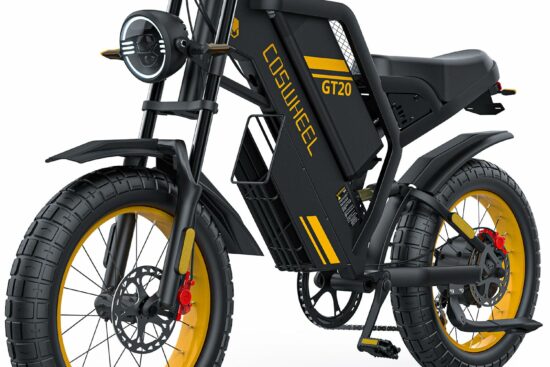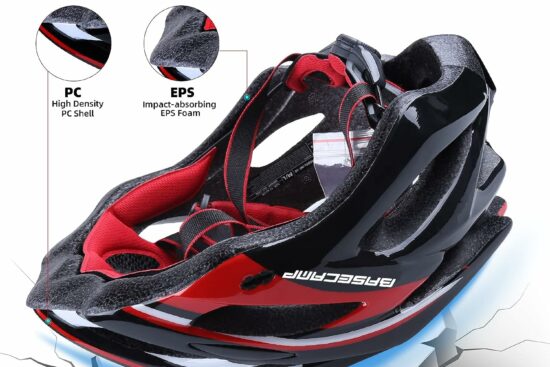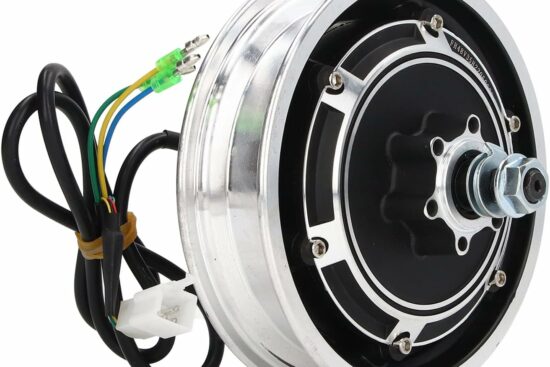
Are you curious about how long it takes to charge an e-bike battery? Well, you’ve come to the right place! Charging times can vary depending on the type of e-bike battery and its capacity, but in this article, we’ll explore the average charging times and factors that can affect them. Whether you’re a new e-bike owner or considering getting one, understanding the charging process is essential. So, grab a cup of coffee, sit back, and get ready to learn more about how long it takes to charge an e-bike battery!
If you’re eager to find out the exact charging times for different e-bike batteries, stay tuned. In the next paragraphs, we’ll delve into the factors that influence charging times, such as battery capacity, charger power, and charging methods. We’ll also discuss some tips to maximize the charging efficiency and longevity of your e-bike battery. So, whether you’re planning a long ride or simply want to ensure you always have enough power for your daily commutes, this article will provide you with all the information you need to know about charging your e-bike battery. Happy reading! Charging time for an e-bike battery can vary depending on several factors. In this article, we will explore the different factors that affect charging time, such as battery capacity, charger power rating, and charging method. We will also provide tips on how to optimize charging time for your e-bike battery.
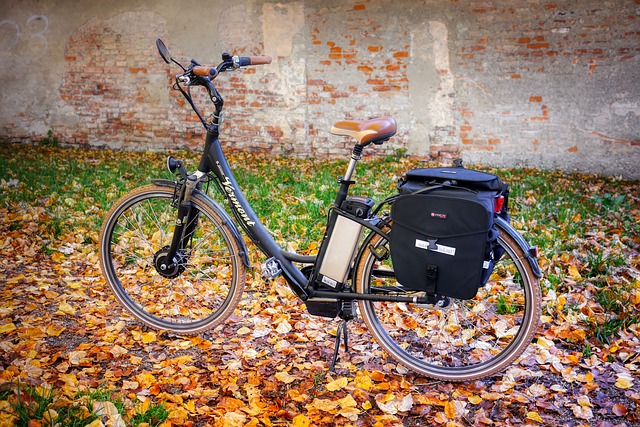
Factors Affecting Charging Time
Battery capacity
The battery capacity of an e-bike refers to the amount of energy it can store. It is usually measured in watt-hours (Wh) or ampere-hours (Ah). The higher the capacity, the longer it will take to charge the battery fully.
Charger power rating
The power rating of the charger determines how quickly it can charge the e-bike battery. It is usually measured in watts (W). A higher power rating charger can charge the battery faster than a lower power rating one.
Charging method
There are different charging methods for e-bike batteries, including standard charging and fast charging. The charging method you choose can significantly affect the charging time and the overall lifespan of your battery.
Battery Capacity
Understanding battery capacity
Battery capacity refers to the amount of energy the battery can store. It is an essential factor in determining the charging time of an e-bike battery. The higher the battery capacity, the longer it will take to charge the battery fully.
Different battery capacities
E-bike batteries come in various capacities, typically ranging from 300Wh to 800Wh. The choice of battery capacity depends on your riding needs and preferences. Higher battery capacities are suitable for long-distance rides but may take longer to charge.
Impact on charging time
The charging time is directly proportional to the battery capacity. A higher-capacity battery will require more time to charge fully compared to a lower-capacity one. It is essential to consider your riding requirements and the available charging time when choosing an e-bike battery with the appropriate capacity.
Charger Power Rating
Importance of charger power rating
The power rating of the charger is a crucial factor that determines the charging time of an e-bike battery. A higher power rating charger can charge the battery faster than a lower power rating one.
Different charger power ratings
E-bike chargers typically have power ratings ranging from 50W to 300W. The choice of charger power rating depends on the battery capacity and the desired charging time. A higher power rating charger is recommended for quickly charging higher-capacity batteries.
Effect on charging time
The charging time is inversely proportional to the charger power rating. A higher power rating charger will charge the battery faster than a lower power rating one. It is important to match the charger power rating to the battery capacity to achieve optimal charging performance.
Charging Methods
Standard charging
Standard charging is the most common charging method for e-bike batteries. It involves using a standard charger and plugging it into a power outlet. The charging time for standard charging depends on the battery capacity and the charger power rating.
Fast charging
Fast charging is a charging method that allows you to charge your e-bike battery quickly. It involves using a fast charger specifically designed for rapid charging. The charging time for fast charging is significantly shorter than standard charging, but it may have an impact on the overall lifespan of the battery.
Impact on charging time and battery life
Fast charging can significantly reduce the charging time for e-bike batteries. However, it is important to note that fast charging may affect the overall lifespan of the battery. Fast charging generates more heat, which can lead to battery degradation over time. It is recommended to use fast charging sparingly and balance it with standard charging to maximize the battery’s lifespan.
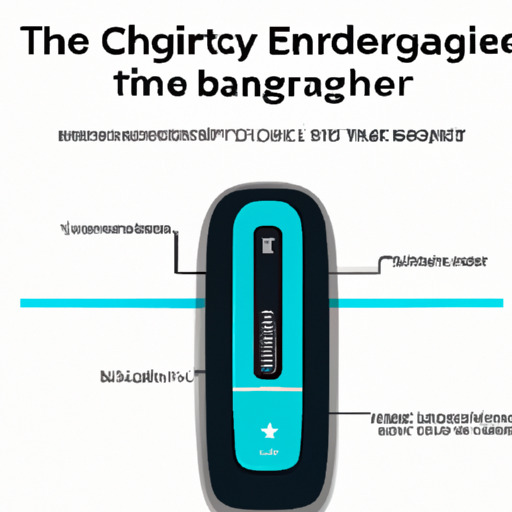
Standard Charging
Charging time for standard charging
The charging time for standard charging depends on the battery capacity and the charger power rating. On average, it can take anywhere from 4 to 8 hours to fully charge an e-bike battery using standard charging.
Recommended charging practices
To optimize the charging time for standard charging, it is recommended to charge the battery when it is close to empty. Avoid partial charging, as it can affect the overall battery life. Also, make sure to use a charger with the appropriate power rating for your battery capacity.
Benefits and limitations
Standard charging is a reliable and safe charging method for e-bike batteries. It allows for overnight charging, making it convenient for regular use. However, the charging time can be relatively long, especially for higher-capacity batteries. It is important to plan ahead and allocate sufficient charging time when using standard charging.
Fast Charging
Charging time for fast charging
Fast charging can significantly reduce the charging time for e-bike batteries. Depending on the battery capacity and the charger power rating, it can take anywhere from 1 to 3 hours to fully charge an e-bike battery using fast charging.
Considerations for fast charging
Fast charging generates more heat, which can impact the overall lifespan of the battery. It is important to ensure that the battery and charger are compatible with fast charging. Some e-bike batteries may have a limit on the number of times they can be fast-charged to avoid excessive heat and prevent battery degradation.
Advantages and drawbacks
Fast charging offers the convenience of quickly charging your e-bike battery, especially when you are short on time. However, it is important to balance fast charging with standard charging to avoid excessive heat and extend the overall lifespan of the battery. Regular use of fast charging may lead to reduced battery capacity over time.

Battery Charging Tips
Avoid overcharging
Overcharging can have a negative impact on the overall lifespan and performance of the battery. It is recommended to unplug the charger once the battery is fully charged to avoid overcharging.
Optimal charging frequency
The optimal charging frequency for e-bike batteries depends on your riding needs. It is generally recommended to charge the battery after each ride to ensure it is ready for the next ride. Regular charging helps maintain the battery health and performance.
Proper storage and maintenance
Proper storage and maintenance of the battery can also affect its overall lifespan and performance. It is important to store the battery in a cool and dry place when not in use. Regularly clean the battery terminals and ensure they are free from dirt and corrosion.
Optimizing Charging Time
Upgrading charger
If you frequently find yourself needing to charge your e-bike battery quickly, upgrading to a higher power rating charger may be beneficial. A higher power rating charger can significantly reduce the charging time for your e-bike battery.
Efficient charging techniques
To optimize the charging time, you can also adopt efficient charging techniques. These include charging the battery when it is close to empty, using a charger with the appropriate power rating, and avoiding partial charging.
Managing battery capacity
Managing the battery capacity can also help optimize the charging time. This includes choosing a battery capacity that suits your riding needs and preferences, and regularly checking and maintaining the battery to ensure its optimal performance.
Conclusion
In conclusion, the charging time for an e-bike battery depends on several factors, including battery capacity, charger power rating, and charging method. Understanding these factors and adopting proper charging practices can help optimize the charging time and prolong the overall lifespan of the battery. Whether you choose standard charging or fast charging, it is important to balance convenience with battery health. By following the recommended charging practices and adopting efficient charging techniques, you can ensure that your e-bike battery is always ready for the next ride.
















